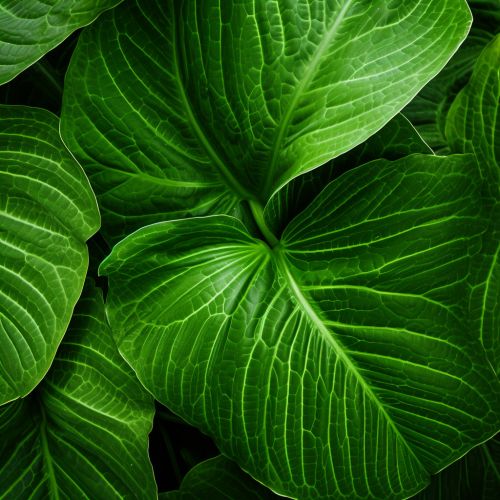Evolutionary Genetics of C4 Photosynthesis in Plants
Introduction
C4 photosynthesis is a complex biochemical pathway that plants use to convert sunlight into chemical energy. This process is an adaptation to hot, dry environments and is characterized by a high efficiency in carbon fixation. The evolutionary genetics of C4 photosynthesis in plants is a fascinating topic that delves into the genetic changes that have allowed certain plant species to develop this unique method of photosynthesis.
Evolutionary Origins of C4 Photosynthesis
The C4 photosynthetic pathway is thought to have evolved as a response to low atmospheric CO2 concentrations, high light intensities, and high temperatures. It is believed to have evolved independently in over 60 different plant lineages, suggesting a strong selective advantage for this trait in certain environments. The evolution of C4 photosynthesis involves changes at the genetic, biochemical, physiological, and morphological levels.
Genetic Changes Associated with C4 Photosynthesis
The evolution of C4 photosynthesis involves significant genetic changes. These changes include the duplication and divergence of genes involved in photosynthesis, changes in gene expression patterns, and the evolution of new regulatory mechanisms. For instance, the key enzyme involved in C4 photosynthesis, phosphoenolpyruvate carboxylase (PEPC), is encoded by a gene that has been duplicated and diverged in C4 plants.


Biochemical and Physiological Changes
In addition to genetic changes, the evolution of C4 photosynthesis involves significant biochemical and physiological changes. These include the compartmentalization of the photosynthetic process into two distinct cell types, the mesophyll cells and the bundle sheath cells. This compartmentalization allows C4 plants to concentrate CO2 in the bundle sheath cells, thereby increasing the efficiency of carbon fixation and reducing photorespiration.
Morphological Changes
The evolution of C4 photosynthesis is also associated with specific morphological changes. These include the development of a characteristic leaf anatomy known as Kranz anatomy, which is characterized by a ring of bundle sheath cells surrounding the vascular bundles. This anatomical arrangement facilitates the compartmentalization of the photosynthetic process in C4 plants.
Evolutionary Consequences of C4 Photosynthesis
The evolution of C4 photosynthesis has significant consequences for plant ecology and evolution. C4 plants are typically more efficient at photosynthesis under high light intensities and high temperatures than C3 plants. This has allowed C4 plants to colonize hot, arid environments that are inhospitable to most C3 plants. Furthermore, the evolution of C4 photosynthesis has implications for understanding plant responses to global climate change.
